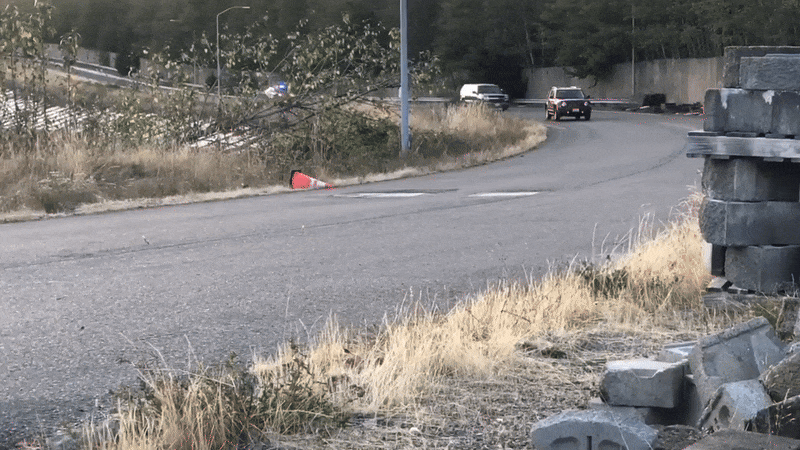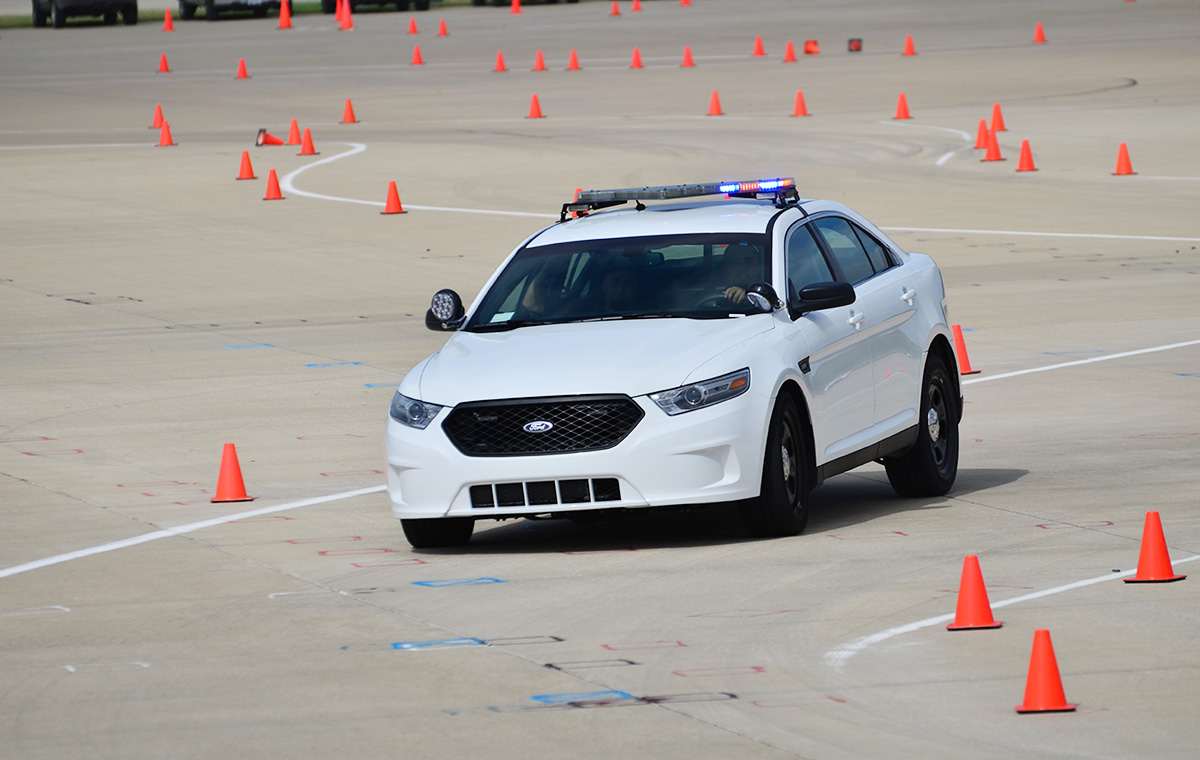While leading public safety business development for a telematics startup, Gary Oldham helped a large Sheriff’s Office in Washington State (USA) turn around an upward trend of excessive deputy-involved crashes, injuries, and millions of dollars in related costs.

The Problem
In a one year period, the agency typically incurred:
- >$2 million in litigation costs
- $1 million in property damage
- 11 deputies and civilians sustained live-altering injuries
- 70 collisions overall
- $151k out of pocket unrelated to litigation
- Overtime costs to cover injured deputies
- Hundreds and hundreds of thousands of dollars paid in medical costs outside of litigation
The Solution
Public safety-specific telematics, along with driver guidance:
- Tailored by the startup in collaboration with the agency
- Deployed throughout the patrol fleet
- Gained deep insight into driving behavior
- Adopted driving safety awareness program
- Corrected hazardous behavior
- Offered incentives for safe driving practices
- Internal buy-in and reminder campaign
- External buy-in and reinforcement campaign
the Results
In the two years following implementation, both the agency and the technology startup benefitted.
The Agency:
- $0 litigation costs
- 38% reduction in pursuits
- 50-70% reduction in speed when accidents occurred
- Zero serious crash-related injuries sustained by deputies or civilians.
- 71% reduction in preventable crashes
- 80% reduction in sustained complaints for pursuits and driving behaviors
- 32% reduction in accidents overall
The Startup:
- Completed the goal of diversifying its customer portfolio
- Demonstrated unequivocally the effectiveness of its technology
- Was purchased by a telecommunications giant
Bonus Outcome for the Agency:
In addition to the dramatic safety improvements, the telematics initiative produced an unexpected benefit.
The agency provides contract law enforcement services to multiple municipalities within its county-wide jurisdiction. Each contract mandates a certain number of patrol hours be spent within each city, each month.
Through a combined use of telematics and geofencing, the agency can provide monthly reports showing exactly how many hours were spent patrolling each city. Previously, producing the reports was an extremely labor intensive effort that, at best, provided a rough approximation. This bonus benefit served to build stronger trust and confidence with the contract cities.
Public Safety-Specific Telematics Defined

Emergency vehicles equipped with telematics provide a great deal of information relating to safe vehicle operation as well as vehicle health and maintenance information. Public safety-specific telematics can also positively impact driving behavior and safety.
For public safety agencies, telematics can monitor for things like harsh braking, rapid acceleration, hard cornering, emergency light activation status, real-time GPS-based vehicle location and speed, and even more granular data. While some of this information is available in standard telematics solutions, public safety-specific telematics goes further, tailoring thresholds to allow for the unique public safety driving environment. Insights gained from the information can be used to reinforce positive driving behaviors and reduce crashes, complaints, and unsafe driving—and their costly consequences.
Your Success Story Starts Here
Engaging with accelerant4 is not just an investment. It’s a strategic advantage that can benefit your organization and set you apart from others. Let’s talk. Request a 45-minute consultation at no cost and no obligation, and let’s start writing your success story today.
